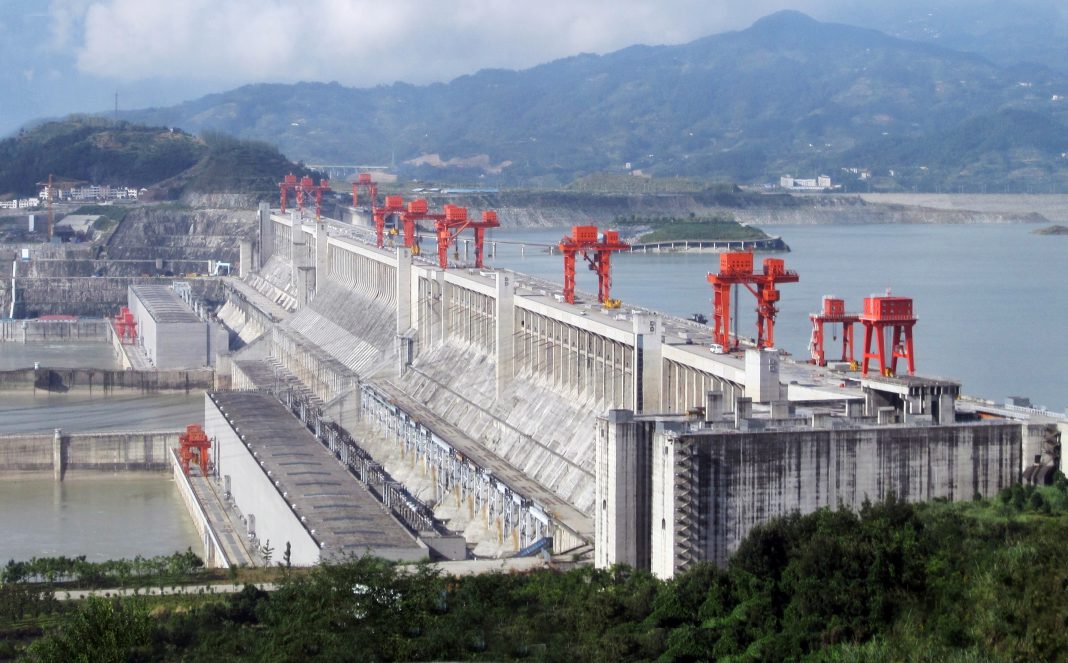BEIJING: China is among the top hydropower-generating countries. Since 2004, China has remained at the top of the world in hydropower green energy output generation due to its extensive hydropower resources, installed capacity, and state-of-the-art techniques, research, and development.
China has the world’s largest hydropower facility, the 22.5GW Three Gorges hydroelectric power project. In addition, it has the 13.86GW Xiluodu Dam, with 18 Francis turbine generators of 770MW each and an air-cooled generator with an output of 855.6MVA. China also operates the 6.3GW Longtan hydroelectric facility.
Hydropower, a significant contributor to curtailing greenhouse gas emissions, is currently China’s second-largest energy source after coal, accounting for around 17 percent of China’s electricity generation over the last decade. Moreover, the Asian giant intends to increase the proportion of non-fossil fuels in its electrical supply to 39 percent by 2025, from roughly 31 percent currently.
It is part of the country’s efforts to peak carbon emissions by 2030 and achieve carbon neutrality by 2060. China has committed itself to raising its non-fossil fuel share of energy consumption (solar, wind, hydropower, bioenergy and others) to 20 percent by 2025 and 25 percent by 2030. As a result, the Chinese government has prioritized expanding its hydropower capabilities. By 2025, China’s generation capacity of clean energy will be raised to 380 GW.
Hydroelectricity is a crucial renewable energy source with enormous potential. The gravitational force of flowing water is one of the cleanest ways to produce sustainable energy. Hydro plants can scale up and down to suit varying energy demands. Dams constructed to generate hydropower will enable a sustainable, reliable water supply. There are also advantages in the context of flood control and mitigation.
Moreover, against the backdrop of the tangible hazards of climate change and global warming, hydropower is one of the vital renewable energy sources that can replace fossil fuels and cut carbon emissions.
Pakistan and China are collaborating on a solid partnership through CPEC. Karot Hydropower Plant, the first hydropower investment project under CPEC, is expected to save about 1.4 million tonnes of standard coal and reduce carbon dioxide emissions by about 3.5 million tonnes per year. The power plant has been fully operational, with a total installed capacity of 720,000 kilowatts.
Other CPEC-related hydropower projects include the Kohala Hydropower Project, Suki Kinari Hydropower Project, and Azad Pattan Hydropower Project, to name a few. They will help Pakistan foster its energy and industrial base and meet its national goal on clean energy.
With exceptional global impact on hydropower, China is leading by example to reduce the climate impacts through the latest technologies. –Agencies




